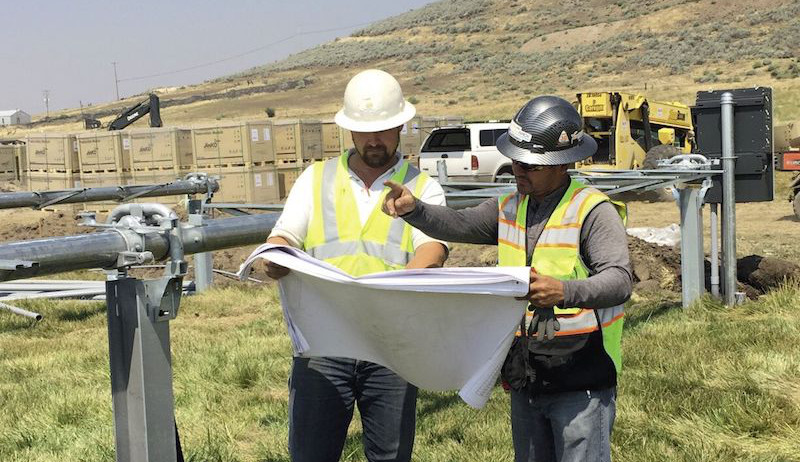pv magazine: In broad strokes, what are your initial impressions of the recommendations made by the ITC today?
 Nathan Serota: All three are workable solutions for the industry, and as recommended by the commission, imported panel prices would rise, but to a level that would be well below what Suniva and SolarWorld had asked for.
Nathan Serota: All three are workable solutions for the industry, and as recommended by the commission, imported panel prices would rise, but to a level that would be well below what Suniva and SolarWorld had asked for.
Compared to what was on the table, this a relatively positive outcome for the downstream industry. Obviously no tariffs would be better for installers and developers, but compared to some of the specific rate structures that were on the table, these are much lower.
The kicker though in all of this is that it may ultimately not matter, because the final decision will be made by President Trump.
pv magazine: Do you believe that these tariff levels will be calculated based upon the current price of cells and modules, or based on the historical prices that SolarWorld and Suniva want them to be based on?
Serota: I am not a lawyer, but I am currently operating on the assumption that the tariff will be applied to the module price as it is paid by the importer in each year.
Our current reading of these proposals – not legal advice – is that a module imported in 2018 for 30 cents with a 30% tariff would see an additional 9 cents added to it.
pv magazine: What should we look at in trying to determine how President Trump is likely to deal with these recommendations?
Serota: Comments made by the administration. The president is traveling to Asia soon to have discussions about trade-related matters with China, among other things. I would not be surprised if discussion of treatment of solar import tariffs is somehow included in that discussion.
And in fact Commissioner Broadbent specifically discussed this.
pv magazine: Anything else that we haven’t talked about?
Serota: It’s worth keeping in mind that what was recommended today, the scope was not expanded, the tariff quota levels that came out, I think are manageable by most market players. All the recommendations were time-restricted to four years. The fact that will still be be non-tariff or non-remedy affected module capacity from First Solar and from some domestic production facilities will further limit the impact of proposed tariffs.
Given the constraints within the commissioners were working, its hard to see how much of a better outcome the downstream industry could have asked for.
Interview conducted by pv magazine Americas Editor Christian Roselund
This content is protected by copyright and may not be reused. If you want to cooperate with us and would like to reuse some of our content, please contact: editors@pv-magazine.com.









By submitting this form you agree to pv magazine using your data for the purposes of publishing your comment.
Your personal data will only be disclosed or otherwise transmitted to third parties for the purposes of spam filtering or if this is necessary for technical maintenance of the website. Any other transfer to third parties will not take place unless this is justified on the basis of applicable data protection regulations or if pv magazine is legally obliged to do so.
You may revoke this consent at any time with effect for the future, in which case your personal data will be deleted immediately. Otherwise, your data will be deleted if pv magazine has processed your request or the purpose of data storage is fulfilled.
Further information on data privacy can be found in our Data Protection Policy.